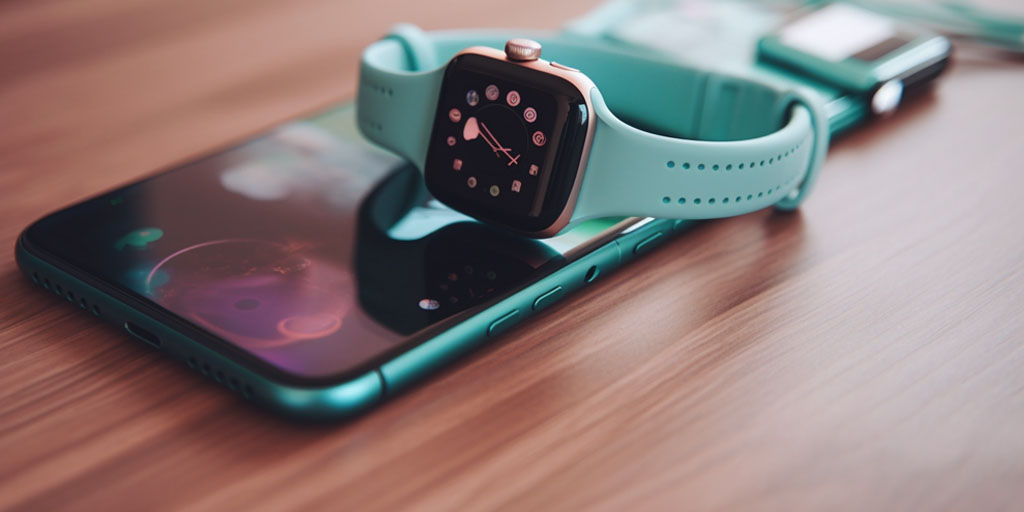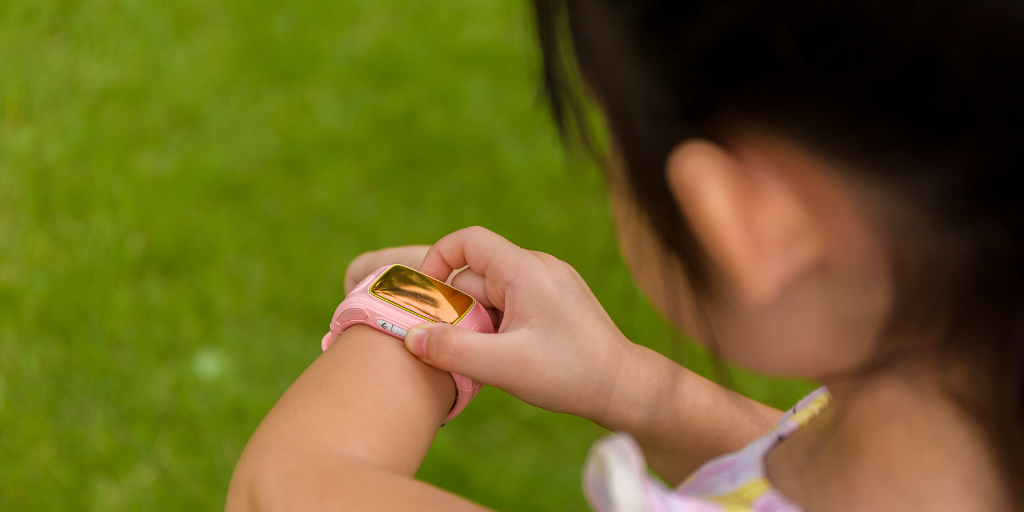
So, you’ve decided it’s time to get your kid a device of their own. If they’ve been pestering you for a while, or you’ve felt uncomfortable not having a way to get in touch with your child, the decision might bring relief. But now you may be wondering, smartphone or smart watch? Or, eek, both? We’re here to help with that next big decision.
There are some definite upsides to giving your child a smart device. Having the ability to easily communicate with your child or track their whereabouts can ease your nerves. Perhaps you tween or teen wants to message and game with their friends. Maybe the health and fitness functionality available on smart devices is appealing to you and your child.
Smartphones and smart watches have no shortage of compelling features. But, as a parent, you’re likely weighing those benefits against the privacy risks, safety concerns, screen time considerations, and need for parental supervision that come with kids and technology.
To help determine which device is best for your child, consider your answers to the following questions:

Let’s say you want a way to communicate with your child and introduce them to the responsibilities of owning their own device — but you don’t want to introduce them to social media just yet. A smart watch may be the ideal choice.
Look for a phone-free smart watch that allows for two-way text messaging, voice calls, and location tracking. For example, with the Garmin Bounce, you can sign up for a monthly LTE subscription (without needing to switch phone providers). The XPLORA X5 Play is another option with extra parental controls — the smart watch only receives calls from a specific list of saved numbers. If you feel your child is mature and responsible enough to access the internet and social media, go with a smartphone. It’s a good idea to set up your child’s first phone together — that way, you can talk about safe phone use, such as the dangers of sharing personal information online and why they shouldn’t use their phone late at night.
Eventually, your tween or teen may benefit from both a smartphone and a smart watch. While this may sound scary, a smart watch can be used to limit screentime during certain times of the day (during school, for example) because of its less-tempting interface and limited functionality. Even with their phone put away, your child can remain connected, but with basic notifications and voice call options only.
Your child’s age and maturity level are important factors to consider when deciding between a smartphone and smart watch, and there are several factors to weigh in determining if your child is ready for their first phone.
As parents, we want to keep our kids safe from cyberbullying and online predators, and minimize the risk of exposure to inappropriate content. It’s also no secret that kids love technology, and if they’re left to their own (literal) devices, they may find it difficult to manage their screen time. “Just five more minutes” rarely, if ever, leads to the closing of the iPad after five minutes.
When it comes to devices for kids, less is often more (i.e. better and safer). A smart watch’s smaller screen and minimal features can be appealing if you have a younger child. You can limit the contacts associated with the watch, and many smart watches don’t have their own phone number. If you’re concerned about your child’s privacy (who isn’t?), companies won’t be able to collect as much data about your child because smart watches don’t have the same internet and social media functionality as smartphones. A watch securely strapped to your child’s wrist is also inherently more difficult to lose than a phone!
The immersive experience of a smartphone may be too much for younger kids, but older, responsible kids may benefit from owning a phone. For example, nearly two-thirds of teenagers report that they make new friends through social media, and social media helps them feel more connected to their friends.

Fortunately, if you choose a smartphone for your child, Apple and Android devices have built-in software to help parents monitor their child’s phone. For example, Apple’s parental control features can allow and restrict certain apps, prevent explicit content, and prevent iTunes and App Store purchases without a parent’s permission. Other parental monitoring tools, like BrightCanary, allow you to easily monitor your child’s activity on social media, Google, and YouTube. As your child grows with the device and their responsibility builds, these controls can be modified.
In general, smartphones are pricier than smart watches, but the range is quite large for both. Smartphone costs vary based on available features and performance. The basic Apple iPhone SE, for example, costs approximately $400. Other Apple models, or the Samsung Galaxy S21 Ultra 5G, cost more than $1,000.
Smart watches tend to be more affordable. The Vtech KidiZoom smart watch costs as little as $45, although it doesn’t offer two-way communication. Other brands with more robust features can cost upwards of $250, such as the Apple Watch SE with GPS.
Both smartphones and smart watches may also require you to pay a monthly contract fee for cellular service. Some smart watches, for example, can use your personal or family’s current mobile plan, while others come with their own cellular connectivity.
There’s no doubt your tween or teen will be thrilled to hear that they’ll own a smartphone or smart watch soon. Here are five tips for your child's first phone, if you go that route. One of those tips is to use a monitoring tool like BrightCanary to supervise your child's online activity, including social media, YouTube, and messages.
Regardless of which path you choose, it’s a good idea to set rules and expectations whenever your child gets a new device. To get started, check out how to implement a digital device contract with your family.